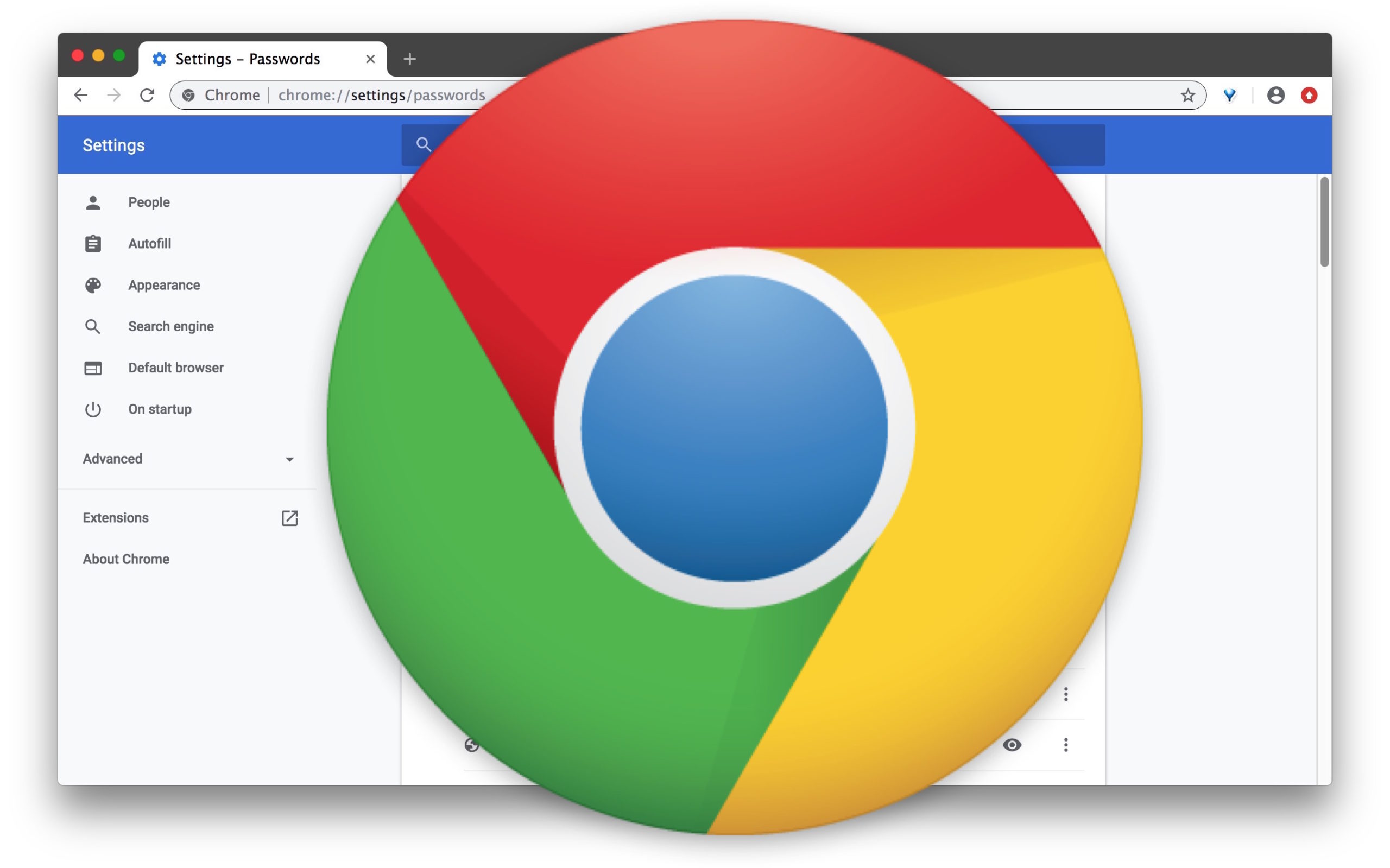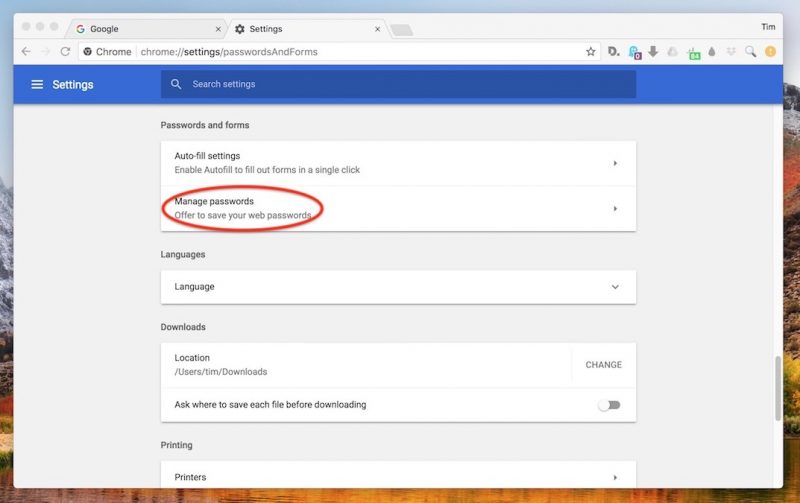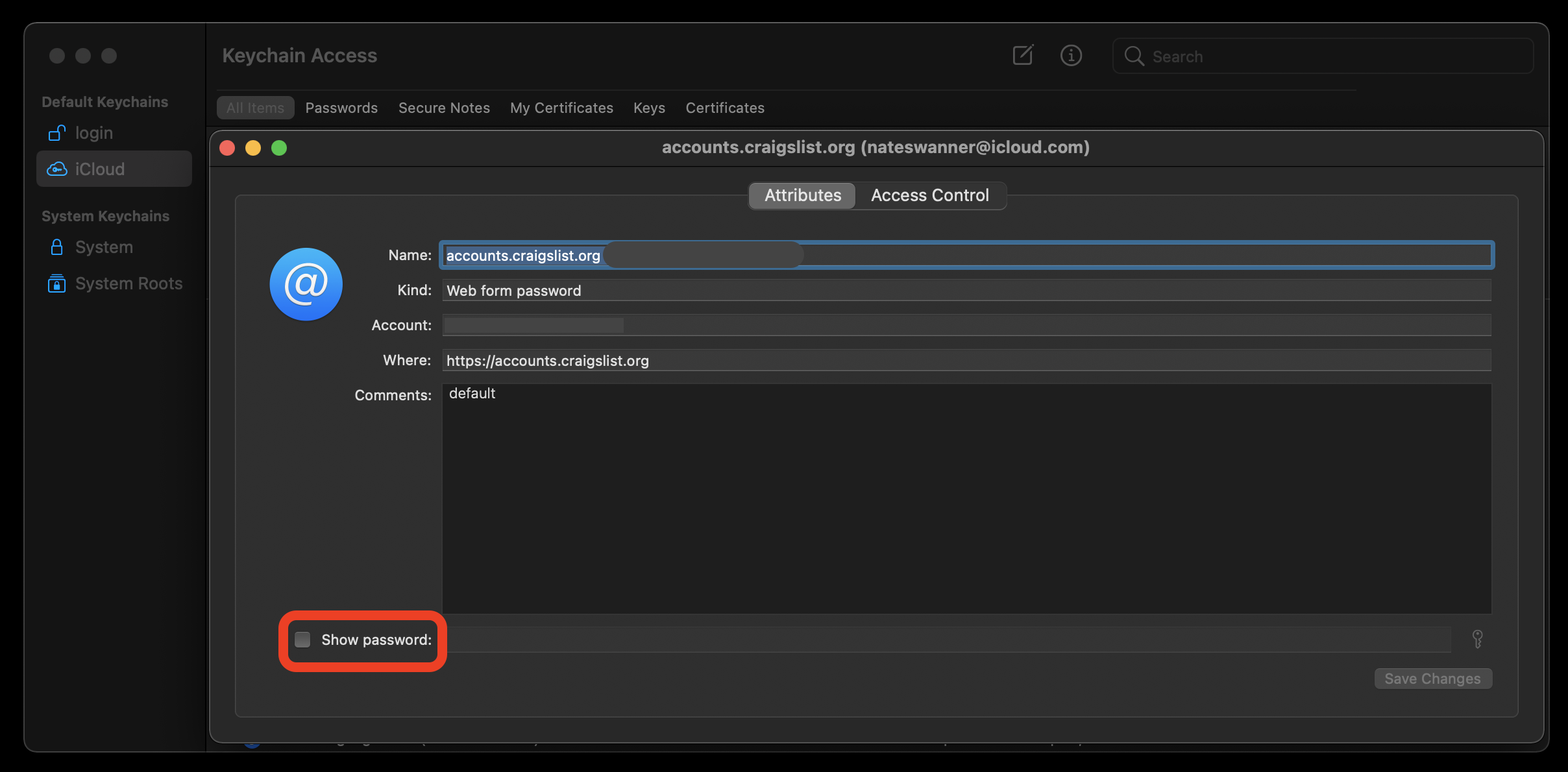
- #Where do i find passwords on my mac on chrome how to
- #Where do i find passwords on my mac on chrome password
#Where do i find passwords on my mac on chrome password
The next time you go to a site, you better hope you remember your password or have a password manager, or else you’ll find yourself clicking that “Forgot Your Password?” link when you go to sign in. In the popup, click the “Advanced” tab, choose “All time” from the Time Range menu, tick “Passwords,” then finally, click “Clear Data.” There is no going back from this, so make sure you want to delete all of them before clicking any further.įollow the prompts, and all the passwords you’ve ever saved in Google Chrome are wiped clean from your browser. Scroll down a little bit more until you see “Clear Browsing Data.” Click on it. Once in the Settings menu, scroll down to the bottom and click on “Advanced.” Click the three dots in the upper right, then choose “Settings.” You can also type chrome://settings/ into the Omnibox and hit Enter. To delete every entry from your passwords list, you’ll first need to jump into Chrome’s Settings menu. A popup will notify you of the change, and if you accidentally removed it, you can click undo to restore your password. The selected password deletes immediately.

When you remove a site, the next time you sign in, you’re given the option to save your password. If you accidentally clicked “Never” when Chrome asks if you want to save your password to a site, here’s how you can remove that site from the exceptions list.
#Where do i find passwords on my mac on chrome how to
How to Remove a Site From the “Never Saved” List If you have more than one username and password saved for any single site, click the field and choose which sign-in info you want to use. RELATED: Chrome 69 Generates Strong Passwords For New Online AccountsĪssuming you saved the password, the next time you go to that site’s sign in page, Chrome fills in the sign-in form automatically.

We’ll show you how to remove a site from the “Never Saved” list down below. Click “Save.” If you click “Never,” the site gets added to a “Never Saved” passwords list. After the form submits, Chrome asks if you want to save your password. Now, head to a website where you need to log in, fill in your credentials, and sign in. Toggle the switch labeled “Offer to Save Passwords” to the on position (it should be on by default). Click on your profile picture in the top right corner and then click on “Passwords.” You can also type chrome://settings/passwords into the Omnibox and hit Enter. The only thing that has changed is: I have become less freaked out now.The first thing you need to manage your saved passwords is to make sure the password saving is enabled, which is done through the passwords menu. I did it and nothing has changed since then. It seems very few people have this issue or most of them probably aren't aware of it. I did the same as I didn't find any useful solution to it.I don't know about you but just check if there is a ds.txt or some other file(I am sorry, I don't remember the file name clearly but it starts with 'd') and if you find it then I suggest you to move both passwords.txt and ds.txt file to trash and empty the trash.You can also import your browsing history and bookmarks from Chome if you have not already done so. Step 2: From the dialog box that opens up, select Passwords. (it might be, and if it is then consider it as new) Step 1: On your Mac, open Safari and go to File -> Import From. But some of the sites mentioned that it was a malware which saves all the keystrokes that you perform on your Mac and even expose the back-end stuff of your Mac to some other PC.I searched extensively about the issue but I didn't find any video or article relating to the passwords.txt file.Chrome will ask you to enter your Android’s default security authentication method: passcode, Face.

to my surprise, the passwords.txt file included most of the words that I typed on my Mac since I bought it. Tap on the vertical ellipsis in the Passwords menu to export your Chrome passwords.

I looked through most of the words(on my Mac)and OMG.The file was old and I ignored it for some time until recently I found that the file was modifying itself, I mean: it was kinda updating automatically from time to time.However, you’ll need to be logged in with your Google account to access this option. To view the updated list of passwords, click on the profile icon located at the top-right corner and then click on the key icon. The file had the same name: passwords.txt. Once Chrome is done importing your passwords, you’ll get the following screen.


 0 kommentar(er)
0 kommentar(er)
